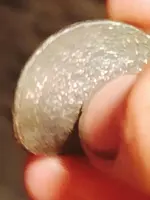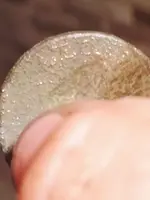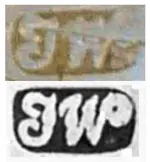artifacthunter
Jr. Member
- Joined
- Jul 12, 2008
- Messages
- 34
- Reaction score
- 19
- Golden Thread
- 0
- Location
- Central Maryland
- Detector(s) used
- White's Spectra V3
- Primary Interest:
- All Treasure Hunting
I got out for a few hours last Saturday and hit a couple of sites in northern Maryland. The weather was warm, and the ground had thawed enough to dig without breaking your wrist! The last place I visited had been hit hard in the past, so I was really going slowly, overlapping, and trying to dig the deep stuff. I only dug a few holes, but hit pay dirt a couple of times. I got a repeatable 70-80 VDI number on my White's V3 and the screen indicated 6-7 inches deep. I dug down, and sure enough, a green disk popped out at about 7 inches! It is about 28mm in diameter, just slightly thinner than a large cent, and I cannot make out any images or letters on either side. The edge has slanted or angled edge reeding, and I am trying to do some research on this. I believe some British one penny tokens from the early 1800’s had slanted reeding, but any other ideas are welcome. The other good find I made for the day is a small silver item also about 7 inches down that has threads on each end. Maybe it had something to do with a watch or clock - not sure! I’ve placed a quarter in the picture for scale.
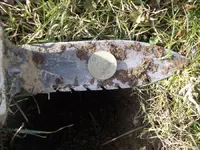
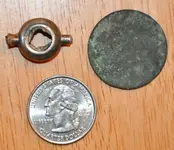
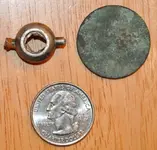
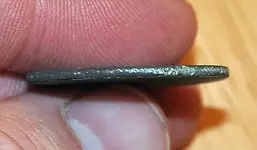
My friend found what we think is a watch back made of silver. I’ve included a couple of images below. Let me know if you can identify the markings since we could not find a mark of .925 on it.
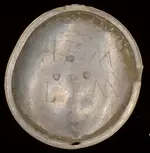
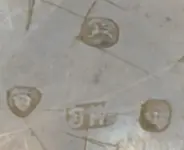
Happy Hunting!




My friend found what we think is a watch back made of silver. I’ve included a couple of images below. Let me know if you can identify the markings since we could not find a mark of .925 on it.


Happy Hunting!
Amazon Forum Fav 👍
Upvote
7




